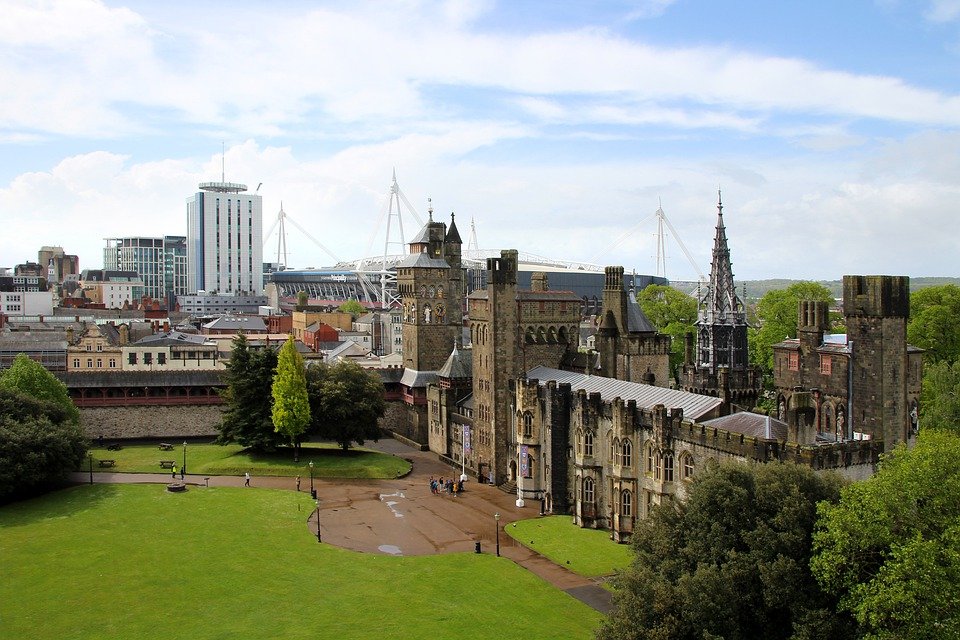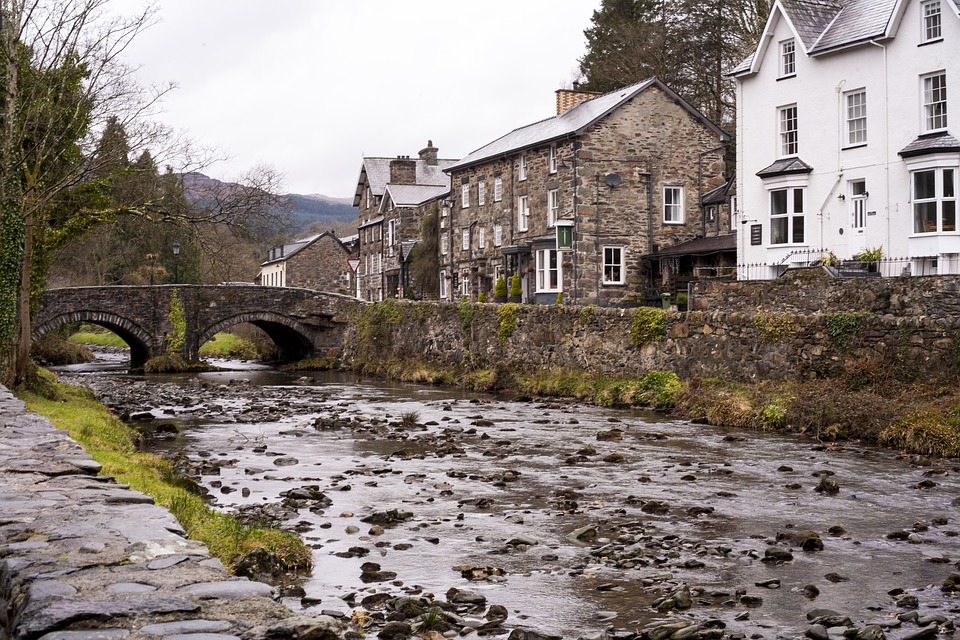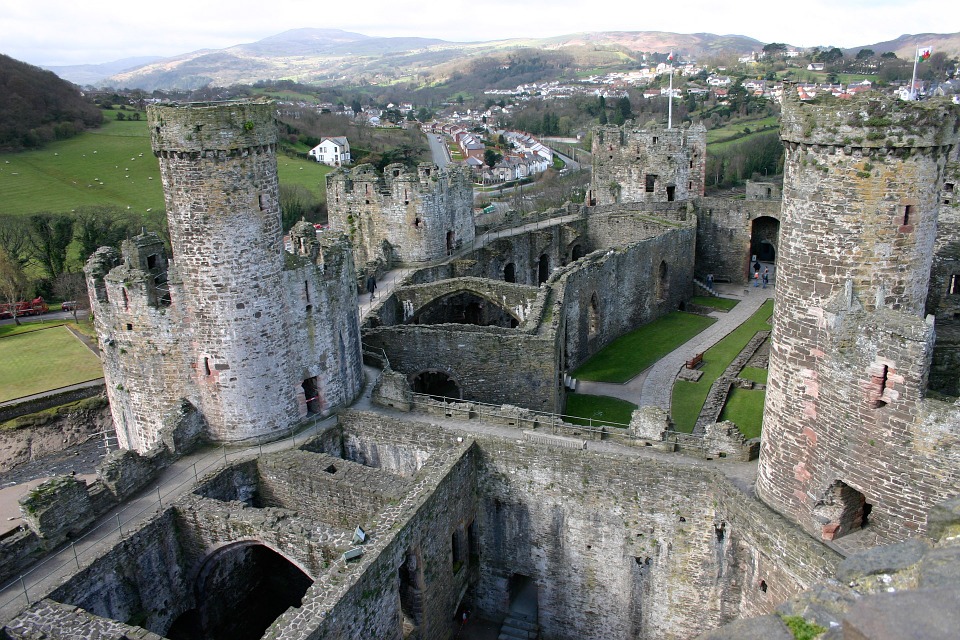Average house prices in Wales continue to beat records, reaching £212,751 in Q1 2021, according to Principality Building Society.
Annual house price inflation climbed to 10.1%, the first double-digit percentage increase since 2005.
Lockdown-fuelled changes in housing demand and government policy interventions around Land Transaction Tax (LTT) have boosted prices and activity, with sales up by 40% on the same period in 2020.
Every local authority in Wales has reported a rise in house prices in the first quarter of 2021 when compared annually to Q1 2020.
To find out more about how we can assist you with your Mortgage requirements, please click here to get in touch
Across Wales, prices of detached, semi-detached and terraced homes were found to be 10% or more higher than the same time in 2020, but flat prices have continued to languish.
Estimated sales in Q1 were up 40% on the same period last year, albeit with a clear demarcation between house and flat sales.
According to monthly data from HMRC, there were 3,880 sales in January, 4,610 in February and 8,170 in March.
Eight local authorities saw record highs during Q1: Bridgend (£191,810), Cardiff (£269,826), Carmarthenshire (£196,422), Denbighshire (£201,091), Newport (£228,876), Swansea (£213,819), Vale of Glamorgan (£303,807), and Wrexham (£198,944).
House prices rose at the fastest rate in Swansea, with an annual increase of 16.1%. Anglesey (14.6%), Vale of Glamorgan (14.6%), and Carmarthenshire (14.2%) followed closely behind.
Read about the UK Housing Market via our Specialist Residential & Buy to Let Division
It was a mixed picture in terms of quarterly performance, with prices lower in seven local authority areas – the sharpest falls being seen in Monmouthshire (5.8%), Conwy (4.5%) and Gwynedd/Neath Port Talbot (3.5%).
Tom Denman, chief financial officer at Principality Building Society, said: “The bounce back of the housing market during the pandemic has been stronger than some had anticipated, and if that momentum is maintained, it may be that the strong housing market recovery will continue through the rest of the year and into 2022.
“Pent-up demand due to a shortage of houses on the market, continuing low interest rates, wage growth for those in work, plus the incentive of the Land Transaction Tax, has led to this new record peak of average house prices.
“Looking further forward this growth could be impacted by the end of the LTT holiday and the furlough scheme, but much will depend on the overall recovery on the economy.”
By Jake Carter
Source: Mortgage Introducer
Discover our Mortgage Broker services.



